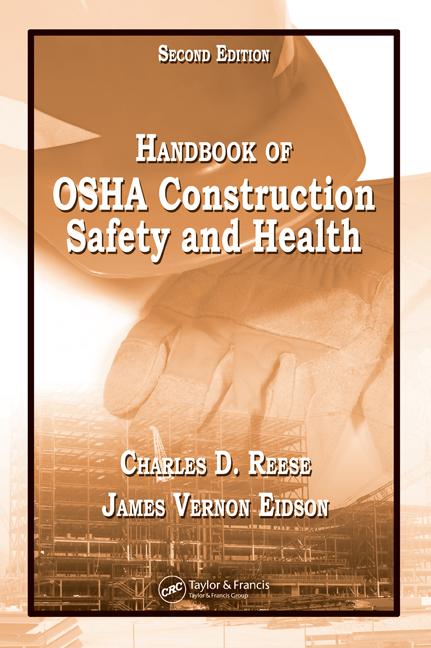OSHA issues final rule to lower beryllium levels – cause of devastating lung diseases

A new rule issued by the U.S. Department of Labor's Occupational Safety and Health Administration dramatically lowers workplace exposure to beryllium, a strategically important material that can cause devastating lung diseases. The new beryllium standards for general industry, construction and shipyards will require employers to take additional, practical measures to protect an estimated 62,000 workers from these serious risks.
Beryllium is a strong, lightweight metal used in the aerospace, electronics, energy, telecommunication, medical and defense industries. However, it is highly toxic when beryllium-containing materials are processed in a way that releases airborne beryllium dust, fume, or mist into the workplace air that can be then inhaled by workers, potentially damaging their lungs.
Recent scientific evidence shows that low-level exposures to beryllium can cause serious lung disease. The new rule revises previous beryllium permissible exposure limits, which were based on decades-old studies.
"Outdated exposure limits do not adequately protect workers from beryllium exposure," said Assistant Secretary of Labor for Occupational Safety and Health Dr. David Michaels. "OSHA's new standard is based on a strong foundation of science and consensus on the need for action, including peer-reviewed scientific evidence, a model standard developed by industry and labor, current consensus standards and extensive public outreach. The new limits will reduce exposures and protect the lives and lungs of thousands of beryllium-exposed workers."
The final rule will reduce the eight-hour permissible exposure limit from the previous level of 2.0 micrograms per cubic meter to 0.2 micrograms per cubic meter. Above that level, employers must take steps to reduce the airborne concentration of beryllium. The rule requires additional protections, including personal protective equipment, medical exams, other medical surveillance and training, as well. It also establishes a short-term exposure limit of 2.0 micrograms per cubic meter over a 15-minute sampling period.
OSHA estimates that - once in full effect - the rule will annually save the lives of 94 workers from beryllium-related diseases and prevent 46 new cases of beryllium-related disease. Workers in foundry and smelting operations, fabricating, machining, grinding beryllium metal and alloys, beryllium oxide ceramics manufacturing and dental lab work represent the majority of those at risk.
Beryllium exposure is also a concern in other industries. Employees handling fly ash residue from the coal-burning process in coal-fired power plants risk beryllium exposure. In the construction and shipyard industries, abrasive blasters and their helpers may be exposed to beryllium from the use of slag blasting abrasives. Work done in these operations may cause high dust levels and significant beryllium exposures despite the low beryllium content.
To give employers sufficient time to meet the requirements and put proper protections in place, the rule provides staggered compliance dates. Once the rule is effective, employers have one year to implement most of the standard's provisions. Employers must provide the required change rooms and showers beginning two years after the effective date. Employers are also required to implement the engineering controls beginning three years after the effective date of the standards.
Source: www.osha.gov
Looking for a reprint of this article?
From high-res PDFs to custom plaques, order your copy today!





